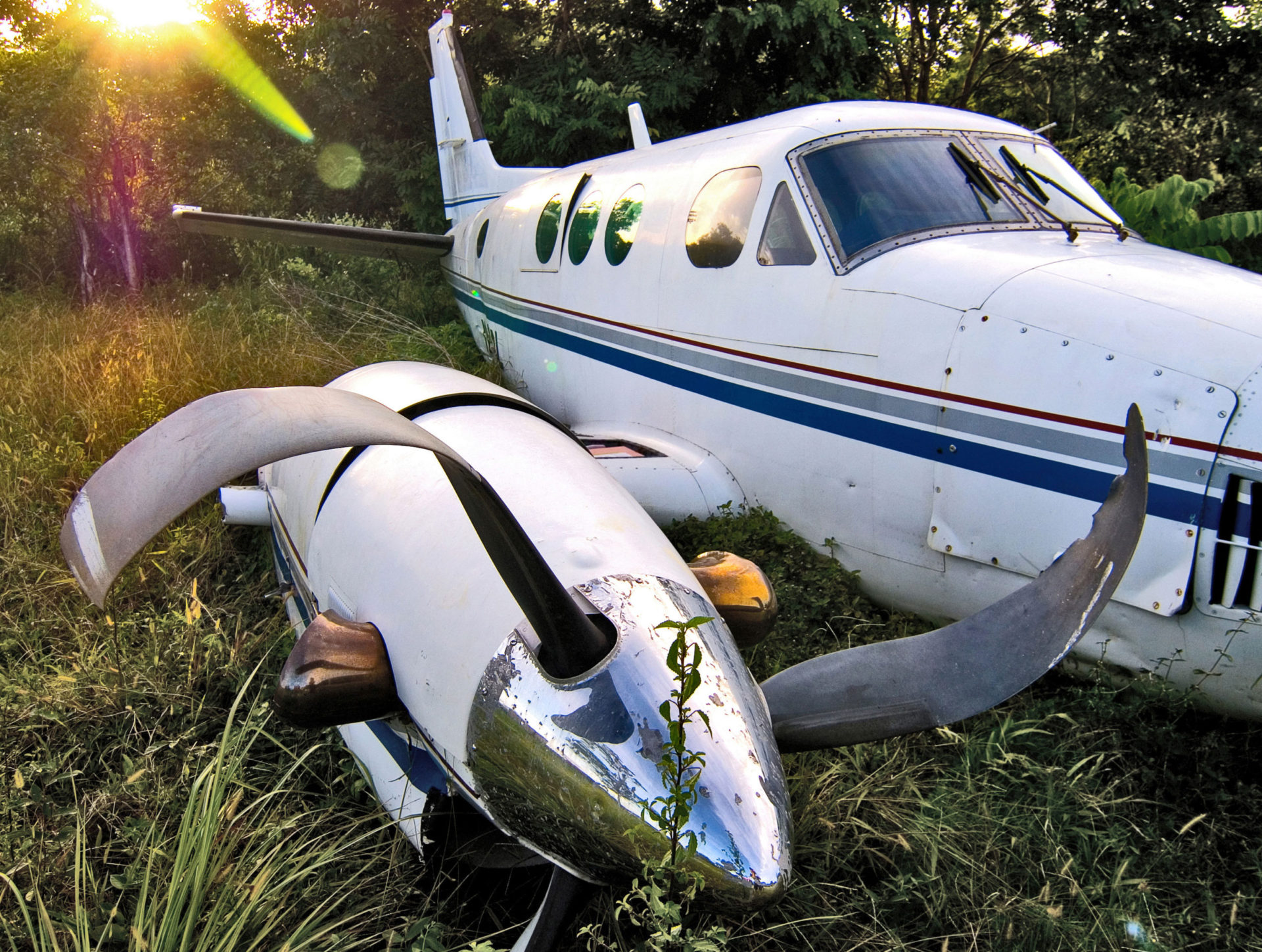What a Pilot MUST Know Before Takeoff!
Pilots are required to understand a lot about any aircraft they fly. It’s critical for the safety of the pilot, passengers and people on the ground that the pilot understands the aircraft limitations. Let’s take a look at crucial information any pilot must know about the aircraft.
Aircraft Weight & Balance.
It’s really important not to exceed the maximum takeoff weight of an aircraft. A pilot must understand the empty weight then add the weight of the fuel loaded then all passengers, baggage and cargo. Exceeding this is illegal and dangerous.
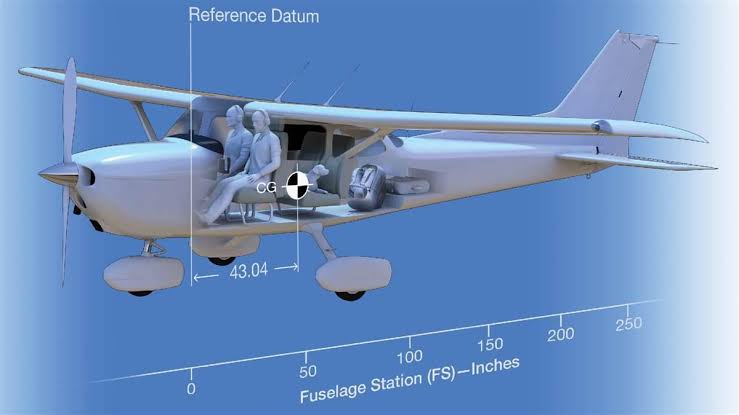
Knowing where and how much weight is placed around the aircraft in compartments in front of and behind the cabin as well as the weights of passengers and their baggage makes a difference to how the aircraft performs. Military and civilian transport often have a load master who’s job is to ensure the cargo is packed correctly. It must be placed so the weights are situated to keep the aircraft center of gravity within limits preventing the aircraft from nosing up uncontrollably on are off!
Pilots Checks Centre of Gravity.
The pilot also needs to pack the aircraft correctly so the center of gravity is within limits. If to much weight is as the back when the aircraft will pitch up uncontrollably then stall and crash. They have tables to check this with the weight distribution. You can have to much weight at the front then the aircraft may not take off or again stall with the pilot trying to hold the nose up to fly.
Aircraft Specific Speeds.
The next important piece of information is speeds. There are speeds such as stall with and without flaps, climb speeds, cruise speeds, flap and gear extension speeds as well as a limit at maximum speed as well as a speed for them the aircraft is in turbulence.
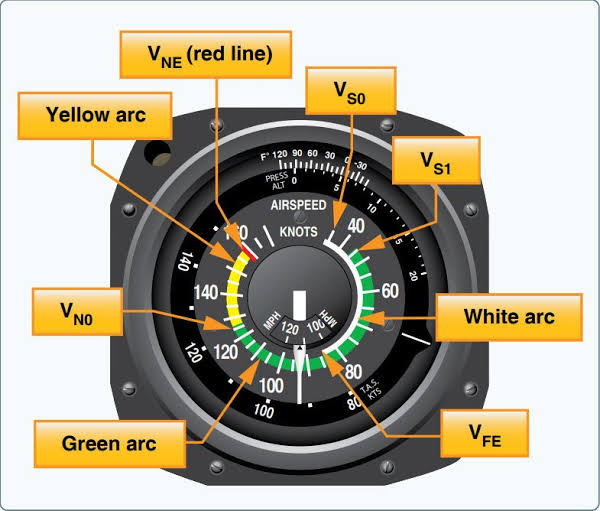
- VSO – Stall Speed Full Flaps
- VS1 – Stall Speed no Flaps
- VFE – Flap Extension Speed (Max)
- VNO – Max Safe Speed in Turbulence.
- VNE – Velocity Never Exceed
Emergency Procedures.
The next important pieces of information are the emergency procedures for engine failures as well as best glide speeds giving an aircraft the longest glide distance without its engine.
Emergency Proceedures:
- Engine Failure
- Best Glide Speed.
- Smoke in Cockpit.
- Electrical Power Failure.
- Main Fuel Pump Failure.
- Bird Strike – Coxkpit or Engine.
- Engine Fire.
- Icing
- VFR into IFR Recovery
- Flat Tire
- Gear Not Extending.
- Flap Failure
Pilot Knows Critical Engine!
In multi engine aircraft knowing which engine is the critical engine as propellers empathy torque on the aircraft along with power. An aircraft at low speed and power can crash if there is to much torque on a critical engine causing it to spin is my understanding. I’m no multi engine QFI but it’s important to understand this.

What to do if you have a landing gear or brake failure situation as well as loss of electrical power or smoke in the cockpit! There are many many emergency procedures pilots must be able to react to immediately.
Aircraft Documentation.
Before taking off and probably the first thing a pilot should do is check the aircraft paperwork. Here the pilot can find important history such as past failures, any issues that could be as yet unresolved or intermittent. This can be true of electrical issues when a plug or a pit can lose contact and lose its function.
Many hours have been spent with fighter jets on jacks even with engines running and gear up trying to find faults that don’t seem to be traceable on the ground. So there are a lot of things a pilot of even the most basic aircraft to commercial pilot must know about the aircraft before jumping in and flying it. Preparation is key to safe flights and safe landings.
Pilot Practice Emergencies At Home.
You can practice all sorts of faults on flight simulators as well as engine loss etc. It’s a great way to get familiar at home and be more prepared. Firing up your favorite flight simulator and set up some random or specific faults to deal with.
Practicing take off emergencies like engine failures at 5ooft or below just above can be good to develop the automatic push forward on the stick to maintain air speed and not pull causing a stall and crash. Just repetitively flying a situation can give you some sort of mental memory. You will hopefully automatically push the stick forward a little to remain at flying speed while you try and resolve the issue. This is a dangerous time and best practiced in a flight simulator before real world practice. As always you should consult your qualified flying instructor or QFI.
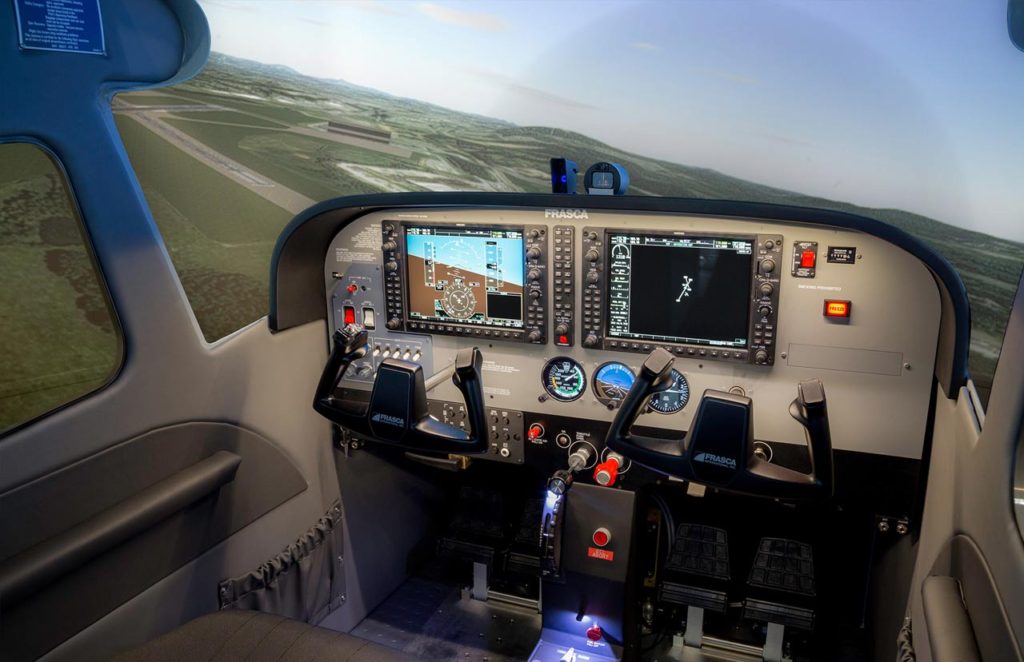
Reading the aircraft manual is the best way to understand an aircraft’s limitations. If your flying Flight Simulators then search Google for Cessna 172 for POH or Pilot Operating Handbook. You can also find some military handbooks online Learn more about flight simulators here on Lets Fly VFR.
Author.
Brendon McAliece, (Aka Gunnie) is a military veteran with 23 years working on Jet Fighters, their weapons systems and ejection seat/module systems as well as munitions and R&D. Involved with flight simulation since the 1980s he has flown all the major flight simulators over the years.
He is an Australian expat who has lived in Malaysia, UK, Saudi Arabia and more recently Thailand. He is a multi lingual blogger who loves to share his life experiences here on www.LetsFlyVFR.com and www.DreamingGuitar.com, his lifestyle and Travel experiences Blog.
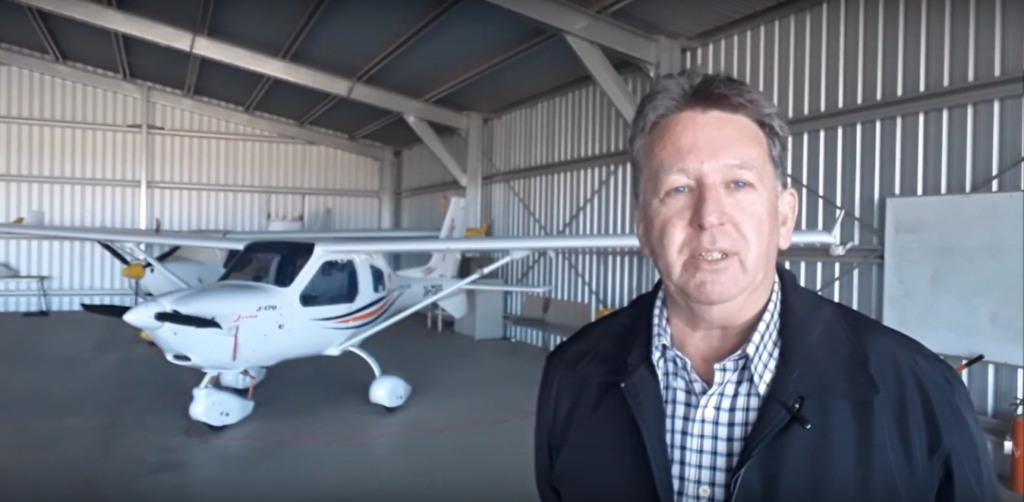
Learn More @ DreamingGuitar.com – DramingCoffee.com – LetsFlyVFR.com
As an Amazon affiliate I may earn on qualifying sales.

